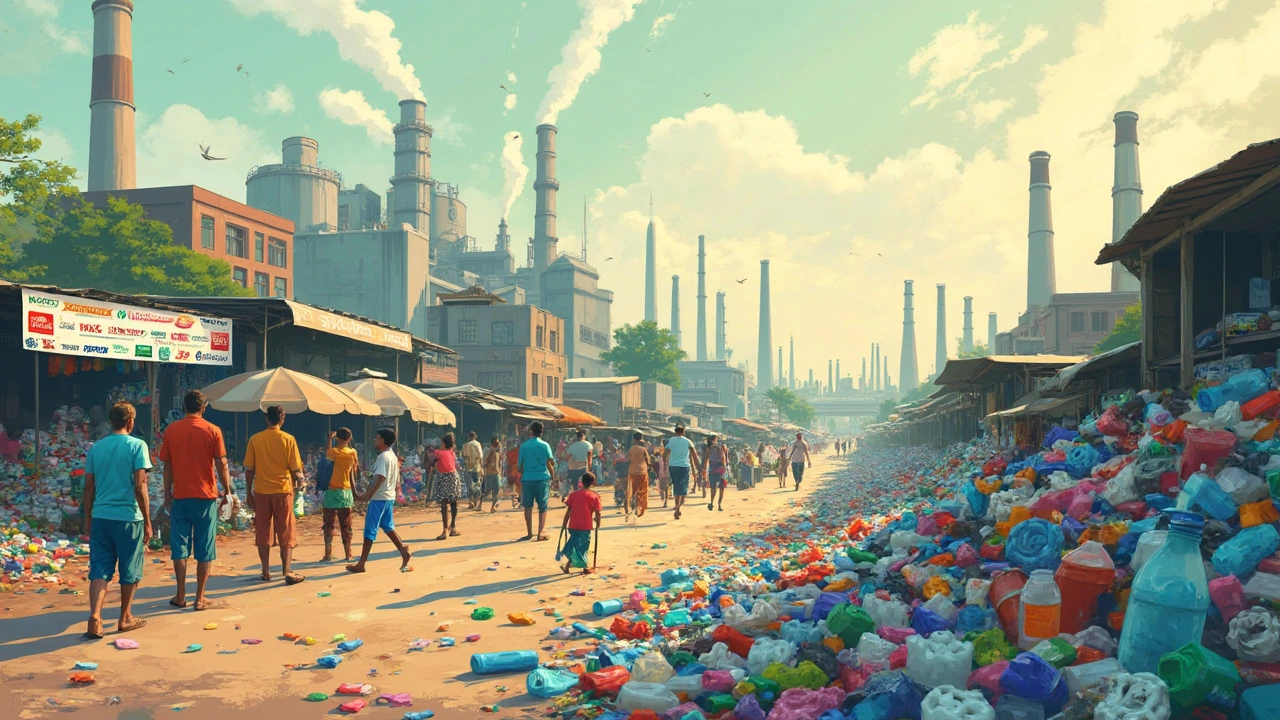Plastic Production: What’s Changing and Why It Matters
If you work with plastics or just wonder why your water bottle looks the way it does, you’re in the right spot. Plastic production isn’t a static process any more; it’s a fast‑moving mix of new materials, tighter regulations, and tech that can shave hours off a melt‑cycle. Below you’ll get a quick rundown of the biggest shifts and some hands‑on advice you can use today.
Key Trends Shaping Plastic Production
1. Automation is becoming the norm. Robots are now handling everything from resin loading to quality checks. The result? Faster cycle times and fewer human errors. Small shops are even adopting modular turnkey lines that can be re‑programmed for different polymer grades within a day.
2. Recycled polymers are moving up‑stream. Instead of using virgin resin for every part, manufacturers are blending post‑consumer PET, HDPE, and PP right at the extrusion stage. This cuts raw‑material costs by up to 30 % and helps meet the growing demand for “green” packaging.
3. Data‑driven process control. Sensors now monitor temperature, pressure, and melt viscosity in real time. The data feeds AI models that automatically adjust screw speed or cooling air, keeping the product within tight tolerances without a human constantly watching the panel.
4. Shift to bio‑based plastics. Companies are testing polylactic acid (PLA) and polyhydroxyalkanoates (PHA) for single‑use items. While cost is still higher than conventional polymers, the market is expanding as retailers pledge to reduce fossil‑based waste.
Practical Tips for More Sustainable Manufacturing
Want to make your plastic line greener without a huge capital spend? Here are three quick moves you can start today.
Optimize cooling. Most energy loss in injection molding comes from over‑cooling. Use thermal imaging to spot hot spots, then trim the cooling time by 10‑15 %. You’ll see lower cycle times and a smaller electricity bill.
Recycle scrap in‑process. Instead of sending sprues and runners to a grinder, feed them back into a secondary extruder. This closed‑loop approach can recover 90 % of material weight and reduces landfill fees.
Audit your additives. Plasticizers, stabilizers, and colorants often contain hazardous chemicals. Switching to low‑VOC or certified‑green additives can simplify compliance with REACH and RoHS while keeping product performance intact.
Finally, involve the whole team. When operators see how a small tweak—like tightening a valve—cuts waste, they’ll be more likely to suggest their own ideas. A culture of continuous improvement is the backbone of a lean, sustainable plastic plant.
Plastic production will keep evolving as customers demand lighter, stronger, and greener products. By staying on top of automation, data, and recycling, you can turn those demands into a competitive edge rather than a cost burden. Keep experimenting, keep measuring, and you’ll see the benefits add up fast.

Plastic Manufacturing Companies: Who Makes the Most Plastic?
This article uncovers which companies are behind the bulk of global plastic production. It dives into the biggest names in the industry, the real impact they're having, and how their products end up in everyday life. Find out some eye-opening facts about plastic waste and learn practical tips you can use to avoid products made by top plastic polluters. Packed with information you don’t usually see in basic news stories, this guide gives real-world insight for anyone curious about where all the plastic is coming from.
